Scientific and research workplaces
Research activity is one of the key activities of the Faculty of Aeronautics. The development of high-quality basic and applied research is a strategic priority of the faculty and at the same time a necessary condition for the implementation of high-quality university-type higher education. All the mentioned scientific and research workplaces are also an integral part of the educational process at the Faculty of Aeronautics in all three levels of higher education
The Faculty of Aeronautics has the following scientific and research workplaces:
WIND TUNNEL LABORATORY
- Research and measurement of aerodynamic forces and moments in the speed range of 60-200 km/h - low-speed circulation wind tunnel,
- Research on qualitative analysis of supersonic flow up to Mach number M = 2; in order to make shock waves visible, it is equipped with the Schlier method of identifying changes in the state variables of supersonic flow - a high-speed wind tunnel,
- Aerodynamic and thermodynamic analysis of aircraft, propellers, jet engines, wind turbines and road vehicles using CFD methods,
- CFD analyzes of entire vehicles at all Reynolds numbers in the subsonic and supersonic range, results in the form of surface pressures, frictional resistance and integral parameters (total buoyancy, total drag, ...).

LABORATORY OF INTELLIGENT AIRCRAFT CONTROL SYSTEMS
- The laboratory deals with the development and testing of progressive methods in the field of modeling, control and diagnostics of air turbocharger engines,
- Research is oriented to the application of calculation intelligence methods in combination with classical methods in hybrid structures,
- The aim is to increase the efficiency, reliability and safety of the operation of current engines by using intelligent and adaptive control and diagnostic strategies within the situational management methodology,
- For this purpose, IDC-21V, TJ-100, TJ-20 and JetCat P-80 engines are used with digital data collection and control systems.

LABORATORY OF APPLIED PHYSICS
- Domain wall dynamics in thin magnetic wires, - magnetic microwires -based sensors, formation and stability of magnetic properties with glass -coated magnetic microwires,
- Analyzes of dielectric, magnetic and superconducting properties of materials analytically (appropriate models / and numerically (flexpde), physical models in material characteristics for transport materials,
- Cooperative phenomena and phase transitions in nanosystem nanosystem nano- and biotechnologies, research and development of complex nanosystem, the impact of various nanoparticles on structural transitions in feronematics and dielectric features of magnetic liquids, sensitivity Laboratory of physics of progressive materials.
SENSORIC AND MAGNETOMETRY LABORATORIES
- Research of magnetic fluxgate magnetic sensors based on amorphous magnetic materials and microwires, special magnetic and inductive position and movement sensors,
- Detection of ferromagnetic and conductive bodies on belt conveyors,
- localization of wells, cleaning kits in pipes, water tubes and el. divorce,
- Measurement of static and dynamic characteristics of magnetic materials,
- Measurement and analysis of weak magnetic fields for environmental purposes and electromagnetic compatibility, archaeological and geophysical applications.
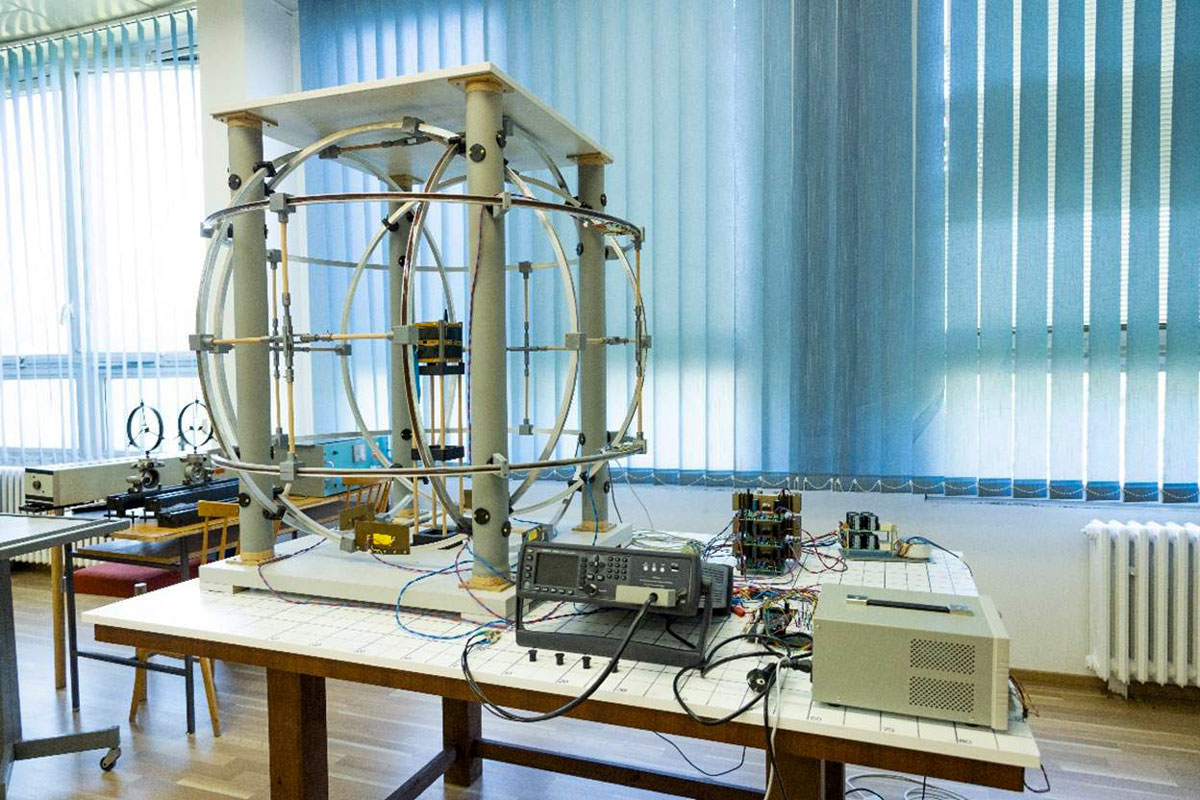
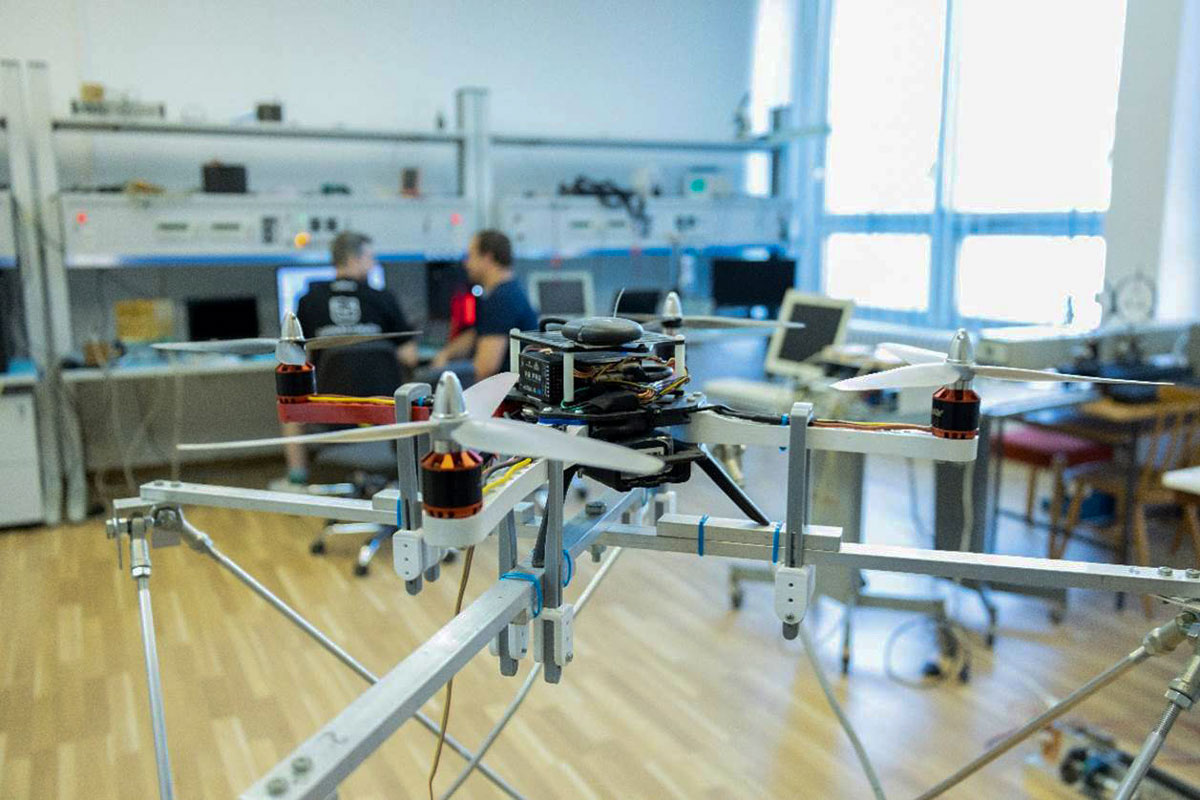
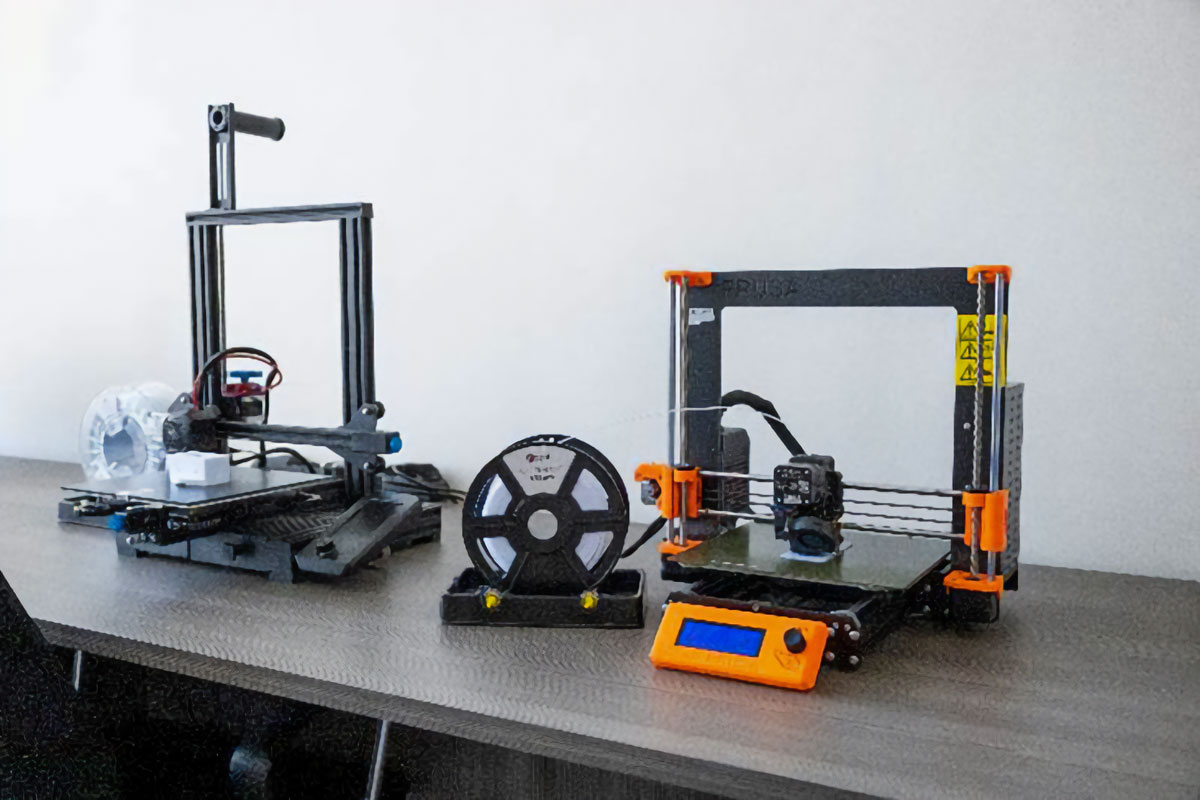
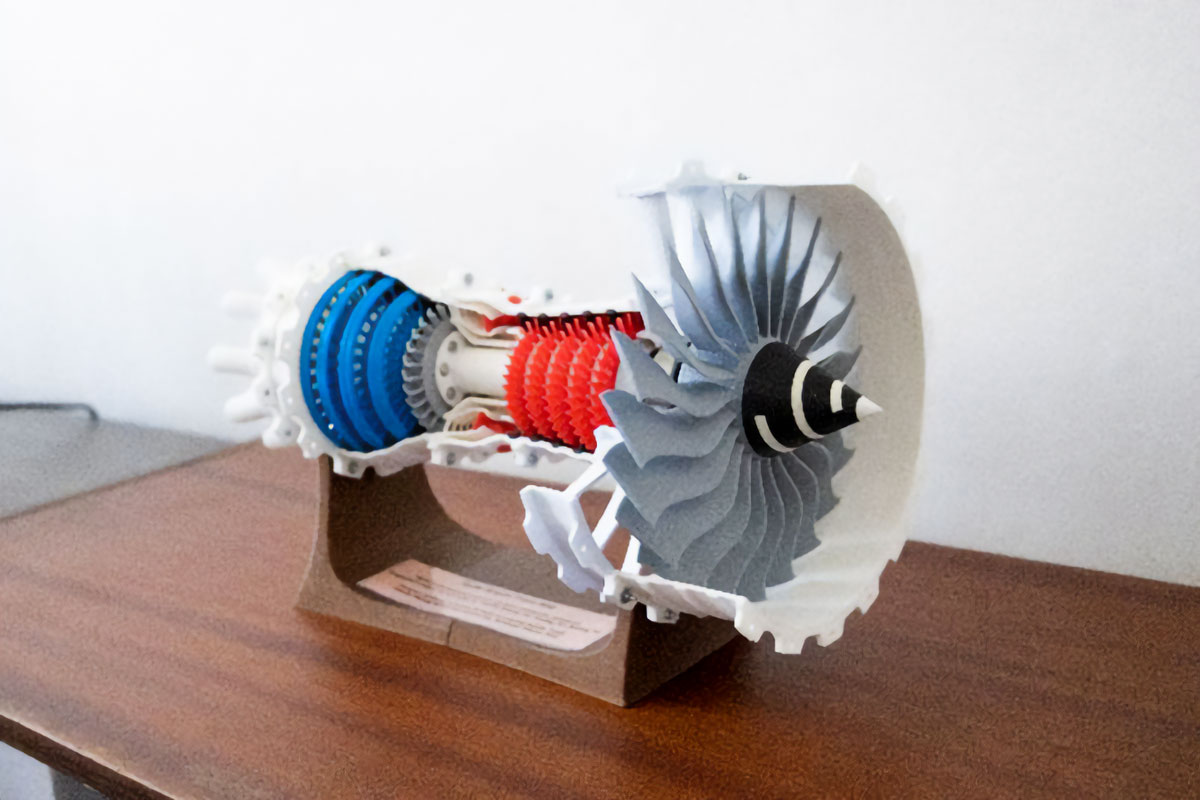
RESEARCH-EDUCATION CENTER OF AIRCRAFT ANTENNA TECHNOLOGY
- Analysis of the impact of the position of aircraft antenna technology in conjunction with the collection and evaluation of measured parameters that depend on aircraft geometry,
- Research of methods, concept of development and positioning of antenna on -board radio systems,
- Design of new antennas positioning methods that accept the specifics of small aircraft and helicopters, taking into account the optimization of the shape characteristics,
- Research of polar and spatial directional characteristics of aircraft antennas on -board radiocommunication and radionavigation systems,
- Identification of electromagnetic compatibility on board aircraft and helicopters, and reciprocity of phenomena caused by development, aircraft construction, operation and testing of avionic systems.
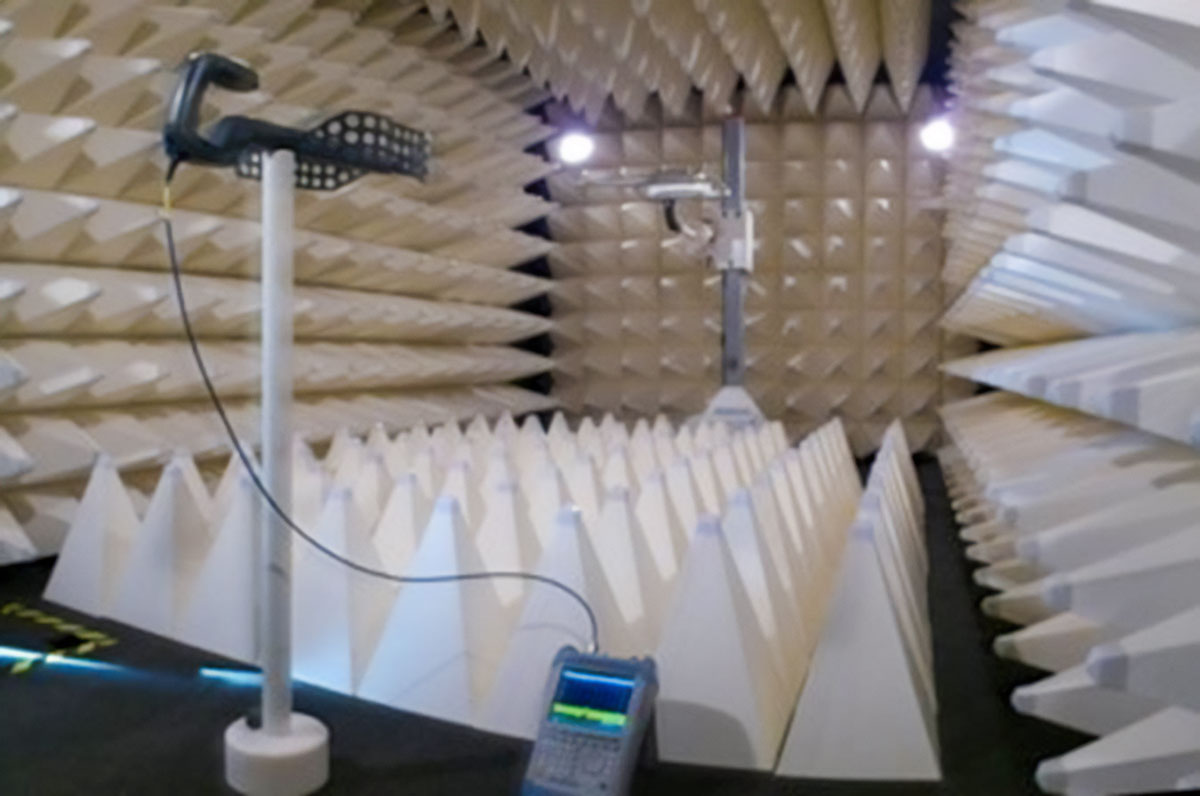
LABORATORY OF INSTRUMENT AND ELECTRONIC SYSTEMS
- Research and education in the field of flight aerometric and navigation devices, dragon and engine instrument systems, aerometric computers, measuring and control systems of oxygen and height equipment, warning systems and systems for writing and registration of flight parameters used on board the aircraft.
WORKPLACE MEASUREMENT OF PROFESSIONAL READINESS OF AIR OPERATORS
- Research in the field of avionic systems - a symbiotic system of measuring base properties and the readiness of air operators. The system is designed for testing, control, control and operation of air technology. The basic features are determined by mathematical models that absorb experience control, control of air ergic systems. The basis of the system is to solve the complex activity of mechatronic systems on board the aircraft. In conjunction with other systems, it is possible to make measurements to know the degree of professionalism of air professionals and to give recommendations for assessing the efficiency and quality of professionals with the classification classes.
CAD/CAM/CAE PROJECTION WORKPLACE
- Design work in the field of computer support, production and engineering computer tasks,
- Design and production forms for plastic components, preparation of CAD/CAM models with the help of 3D scanner,
- Production of real models using 3D printing from the supplied models in the form of CAD/CAM,
- Production of prototypes of the desired shape using the NC device from the supplied models,
- Implementation of engineering computing tasks CAE.
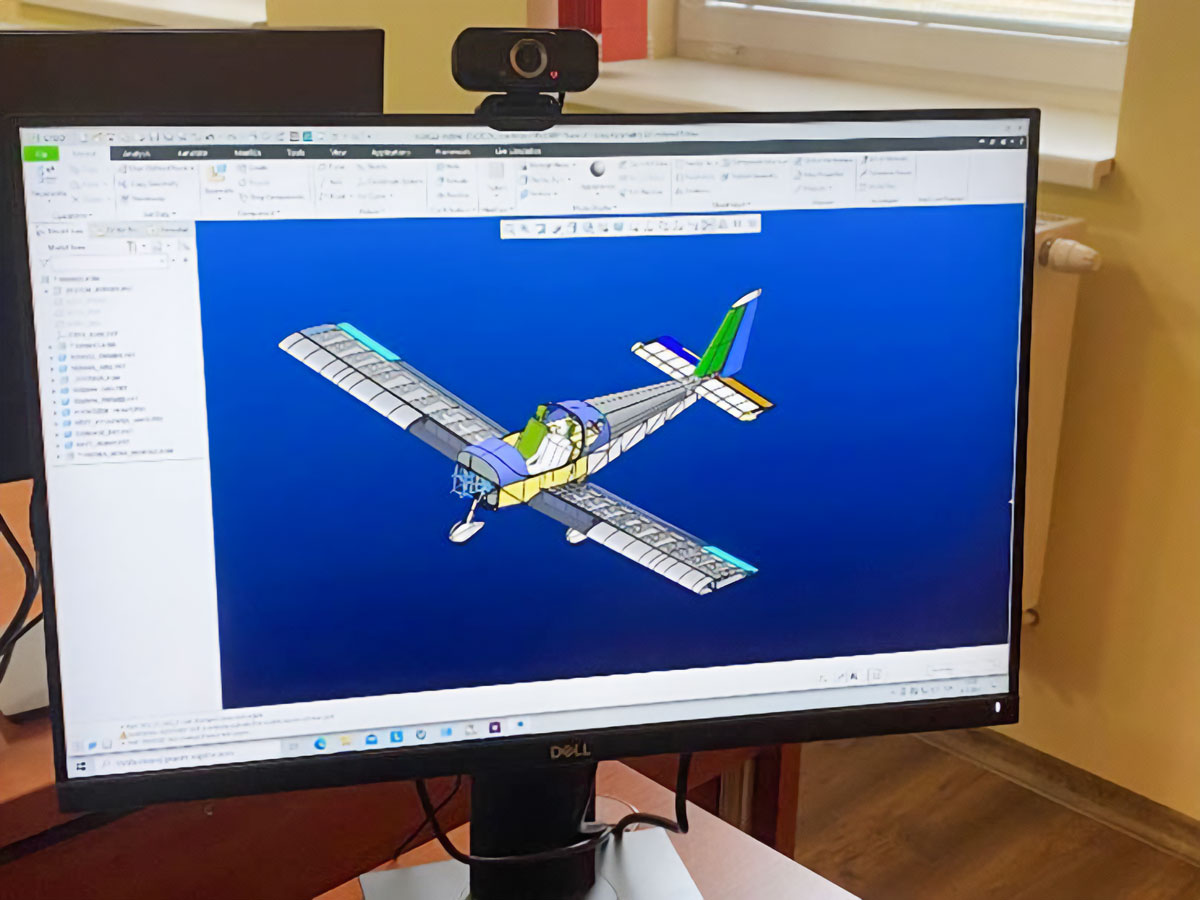
FLIGHT SIMULATORS WORKPLACE
- Research of aircraft crews and air transport safety,
- Research in the field of air traffic safety in zooming and landing aircraft at airports that are not equipped with powerful land radionavics facilities;
- research in the areas of psycho-physiolgic pilot burden at different phases of flight using different ways of displaying flight data;
- research in the areas of psycho-physiolgic pilot burden at different stages of flight using various autoregulatory techniques;
- Research on navigation procedures in different phases of flight, for modeling using the geographical information system (GIS), for integrated processing Global Navigation Satellite System (GNSS) measurements, for research performance crews of aircraft and air transport safety,
- Teaching of flight training subjects as a practical demonstration of the activity of on -board radionaving systems in all phases of flight, operating their control panels and demonstration of ensuring the complexity of air navigation,
- Practical demonstration of standard procedures for standard departures, flights along the tracks of flight operating services, standard arrivals and zooming using installed on -board navigation systems,
- Initial and continuing air training on single-engine aircraft, training in instrumental flying on lightweight two-engine aircraft, flying on a simulator testing psycho-physiological prerequisites for air training.
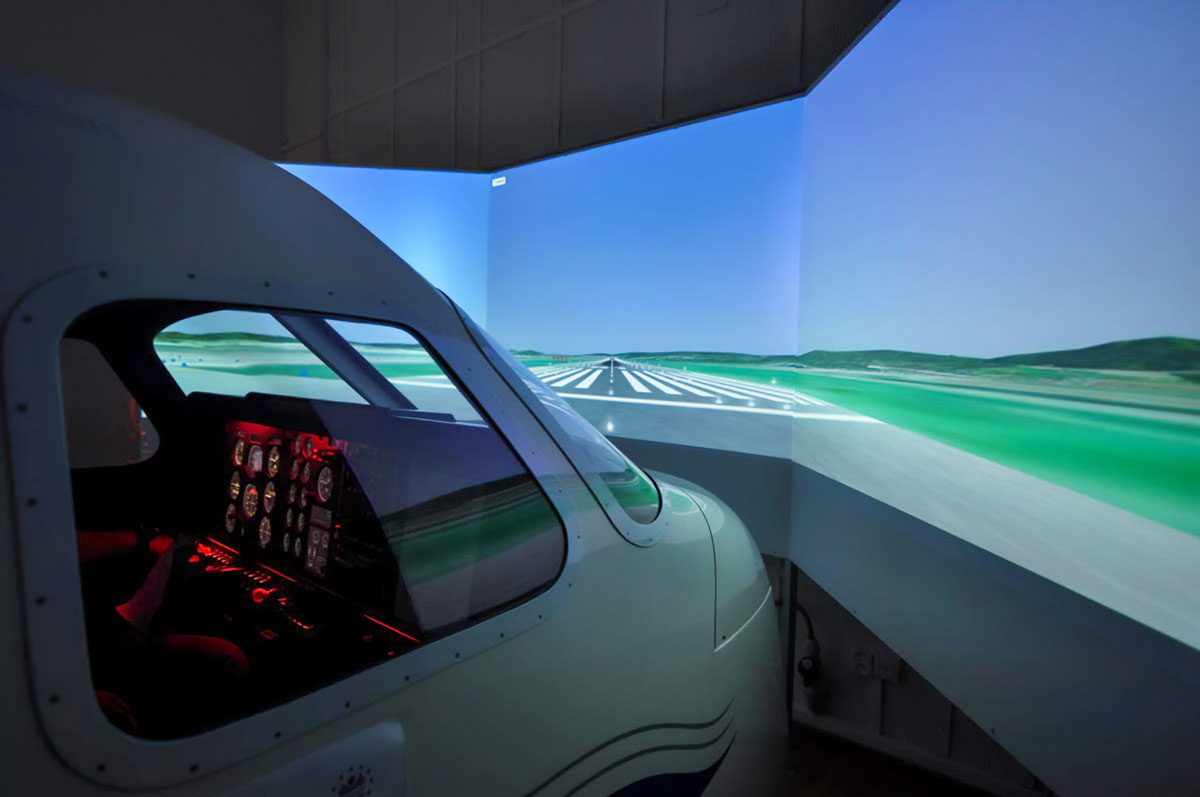
WORKPLACE FOR RESEARCH OF HUMAN PERFORMANCE IN AIR PROFESSIONS
- Research in the field of investigation into the impact of changing the display of flight and navigation data on pilot performance,
- Research in the field of pilot performance measurement through the telemetrical recording of health-physiological parameters and environmental parameters using the Flexiguard system for the purposes of quantification of the load level,
- Research of pilot training methods using flight simulators,
- Research of the level of psychological burden on air staff,
- Research on the impact of fatigue on the performance of flight activities,
- Research of the use of relaxation-activation activities to increase the performance of the air staff.
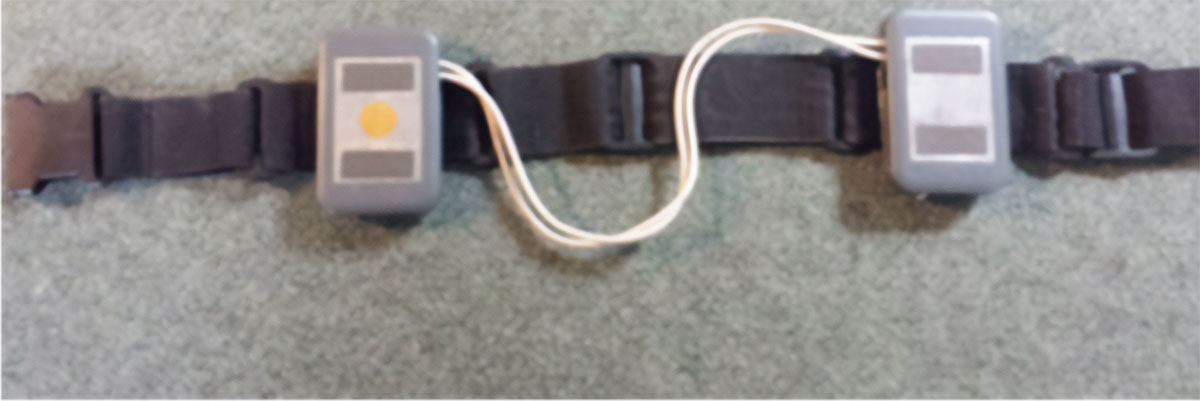

THE WORKPLACE OF DIGITAL EDUCATION OF FLIGHT PREPARATION OBJECTS
- Research on the use of GNSS on -board receiver with the added function of receiving corrections in the area of approach to a small airport will be based on the analysis of the usability of the EGNOS system,
- Research in the visibility of satellites of the communication system used by the EGNOS system from the airport area, from the final area of the approach and the first section of the failed zoom,
- Raim prediction research using Galileo, GPS and GLONASS satellite visibility.
- Research on postprocessing monitoring of the weather,
- Research in the field of automated short -term local weather forecasts for small airports,
- Education in the field of use of GNSS systems in approaching small airports with an emphasis on the possibility of gaining the personal experience of students in verifying the usability of GNSS systems in the obstacle and operational situation of a particular airport,
- Education in the field of use of automated collection systems of meteorological information and its processing into practically usable outputs and their verification in practice (Metar),
- Education in the creation and improvement of software for creating short -term local forecasts trend and TAF and their subsequent automatic verification and correction.

AIR TRAFFIC MANAGEMENT WORKPLACE
- Research in the area of air space throughput,
- Research in the field of air traffic safety in zooming aircraft in the end -controlled airport area,
- Research in the field of psycho-physiological burden of air traffic control during training,
- Research in the field of ergonomics of air traffic management stations,
- Research in detecting stress factors during air traffic management from voice,
- Research in the field of conflicting situations and emergency practices,
- Education in the field of practical skills of radar and procedural management during basic theoretical training training, air traffic management,
- Education of flight training as a practical demonstration and demonstration of the functioning of air traffic management systems, air traffic control systems, radio communication, standard procedures using standard arrivals and departure tracks, flights along air operating service tracks, guide aircraft to final approach and emergency training .
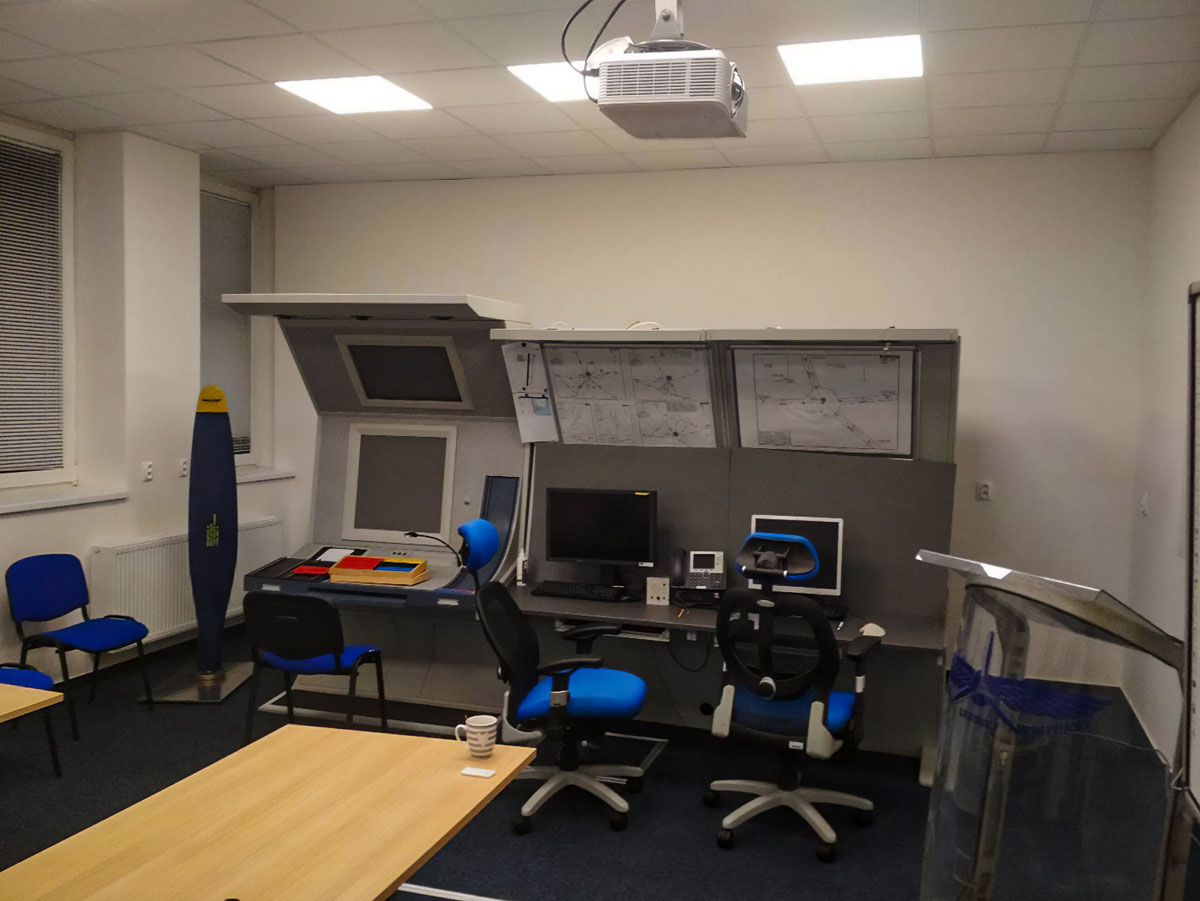
UAV TESTING HALL
- Spatial, material and knowledge base allows research, development, design, testing, teaching and application of unmanned systems focusing on multi -rod unmanned means,
- UAV detection research using magnetic sensors,
- Research in the field of on -board electronics and sensory UAV equipment,
- Specialized workplace training operators of small unmanned means.


COMPUTER LABORATORY EQUIPPED WITH DIGITAL SIEMENS PLM TECHNOLOGY
- Research of progressive design, development, modeling, management, diagnostics in constructing and maintenance processes in the air industry,
- NX software portfolio, TecnomaTix Jack, TX Plant Simulation,
- Modern computer and audiovisual technology, NX 9, Tecnomatix, Creo (Pro/Eproigerier) and Ansys.



